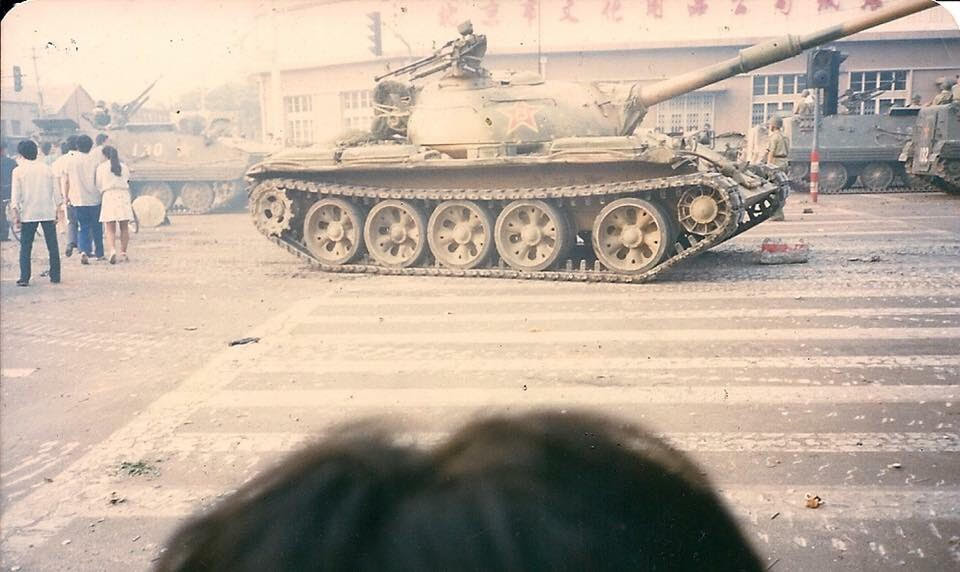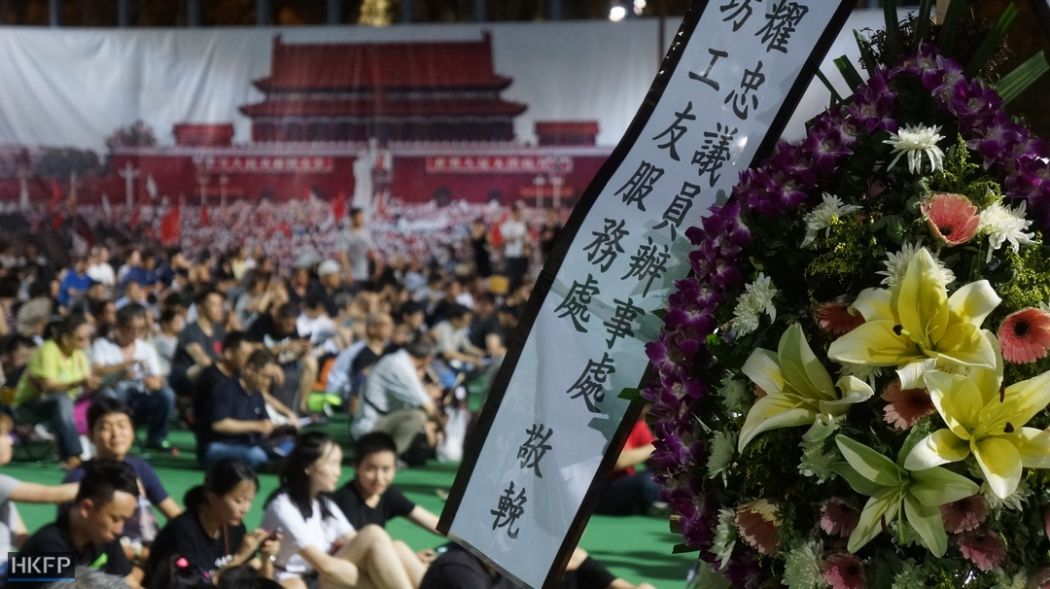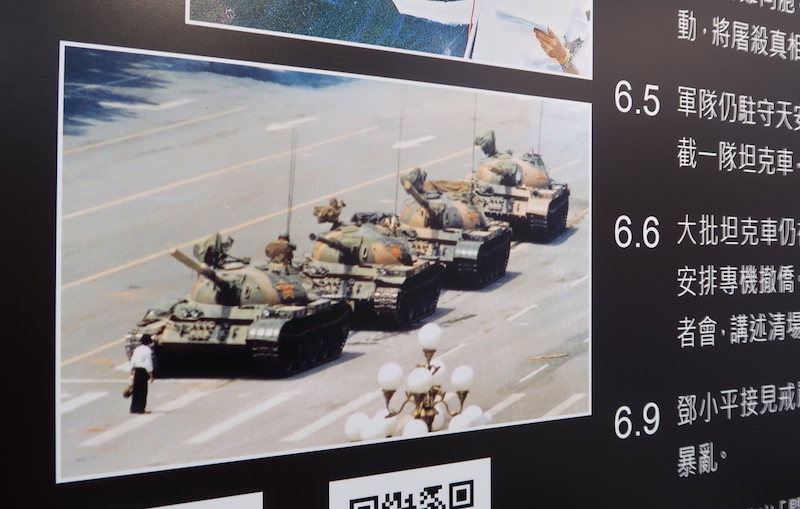A member of the Chinese State Council estimated that at least 10,000 civilians were killed in the Tiananmen massacre of June 4, 1989, declassified files reveal.
Alan Donald, Britain’s ambassador when the Chinese government sent tanks into Tiananmen square to quell the student-led protests, sent telegrams to the foreign office on June 5, a day after the massacre. He said a person – whose name was redacted from the document – passed along the information from an unnamed member of the State Council.
The documents from the UK National Archives in London were declassified in October and obtained by news site HK01.

Estimates on the number of casualties in China’s June 4 crackdown on the 1989 pro-democracy protests vary widely between sources. One widely used figure is the number announced by the Red Cross Society of China early on June 4, which estimated 2,700 dead.
On June 30, 1989, Beijing mayor Chen Xitong said 200 died, including 36 university students, and 3,000 non-military personnel were injured.
In 2014, Next Magazine reported on White House declassified files, which estimated that 10,454 were killed and 40,000 were injured. The documents cited internal files from the Chinese government headquarters in Zhongnanhai, which were passed to the Americans via sources in the martial law troops.
‘Remains collected by bulldozer’
According to Donald’s source, the army that committed the “atrocities” – as described by Donald – was the 27 Army of Shanxi Province, which was “60 percent illiterate and are called primitives.”
The source said the commander was Yang Zhenhua, the nephew of Yang Shangkun, China’s president at the time.
“[The 27 Army] were kept without news for ten days and told they were to take part in exercise. A TV film would be made of the exercise which pleased them,” Donald wrote.

The document said the clearance operation on the night of June 3 took place in four stages with another troop from the Shenyang Military Region (SMR), but demonstrators fended off the first three attacks.
“27 Army APCs [armoured personnel carriers] opened fire on the crowd (both civilians and soldiers) before running over them in their APCs.”
The document said that the SMR troops separated the students from local residents upon arrival at Tiananmen Square.
“Students understood they were given one hour to leave square but after five minutes APCs attacked. Students linked arms but were mown down including soldiers. APCs then ran over bodies time and time again to make ‘pie’ and remains collected by bulldozer. Remains incinerated and then hosed down drains.”
“27 Army ordered to spare no-one and shot wounded SMR soldiers. 4 wounded girl students begged for their lives but were bayoneted. A 3 year old girl was injured but her mother was shot as she went to her aid as were six others who tried. 1000 survivors were told they could escape via Zhengyi Lu but were then mown down by specially prepared M/G positions.”

“Army ambulances who attempted to give aid were shot up as was a Sino-Japanese Hospital ambulance. With medical crew dead wounded driver attempted to ram attackers but was blown to pieces with anti tank weapon. In further attack APCs caught up with SMR straggler trucks, rammed and overturned them and ran over troops. During attack 27 Army officer shot dead by own troops apparently because he faltered. Troops explained they would be shot if they hadn’t shot officer.”
Donald went on to say that the soldiers were using a type of expanding bullet prohibited for use in war by international law. “27 Army were using dum-dum bullets. 27 Army snipers shot many civilians on balconies, streetsweepers etc for target practice. Beijing hospitals had been ordered to accept only security force casualties.”
Donald also cited the source as saying that “some members of the State Council considered that civil war is imminent.”
‘No massacre’
Another document said the Chinese Ministry of Defence invited military attachés in China to a session on July 28 explaining what happened in the operation on June 4.
US and French attachés were not invited and the Japanese attaché declined, leaving only the Canadian and British attachés to represent the West at the briefing.
Li Zhiyun, political chief of the 38 Army, said at the session that the army did not shoot anyone, and the 200 deaths were caused by stray bullets.
“If more than 200 can be killed in a single aircraft crash, how can anybody claim that the PLA massacred the people?” he was quoted as saying. “In any case, most of the dead were rioters trying to overthrow the government.”

He claimed that fires in the square before the clearance were caused by illegal unions burning documents, and that young soldiers were only burning rubbish on the square afterward.
“Nobody was killed or wounded on Tiananmen. Nobody in China can come out and testify that people were killed on Tiananmen.”
The document also recorded that Li sneered at the video of the famous “Tank Man.”
“Look at this man’s so-called bravery,” he was quoted as saying.
The document also said: “We were then asked for questions. None were forthcoming. After long silence we were invited for cocktails which I declined, as did many others.”
